Pale skin is a sign of wealth in China

In Chinese culture, pale skin has traditionally been a sign of wealth and high social status because only those with means were able to stay indoors and avoid getting tanned by the sun. As you can imagine, this has left Chinese women wanting to get whiter skin, to the point that they undergo various methods such as applying whitening creams or even going for expensive skin bleaching treatments.
Japanese women prefer a smaller face
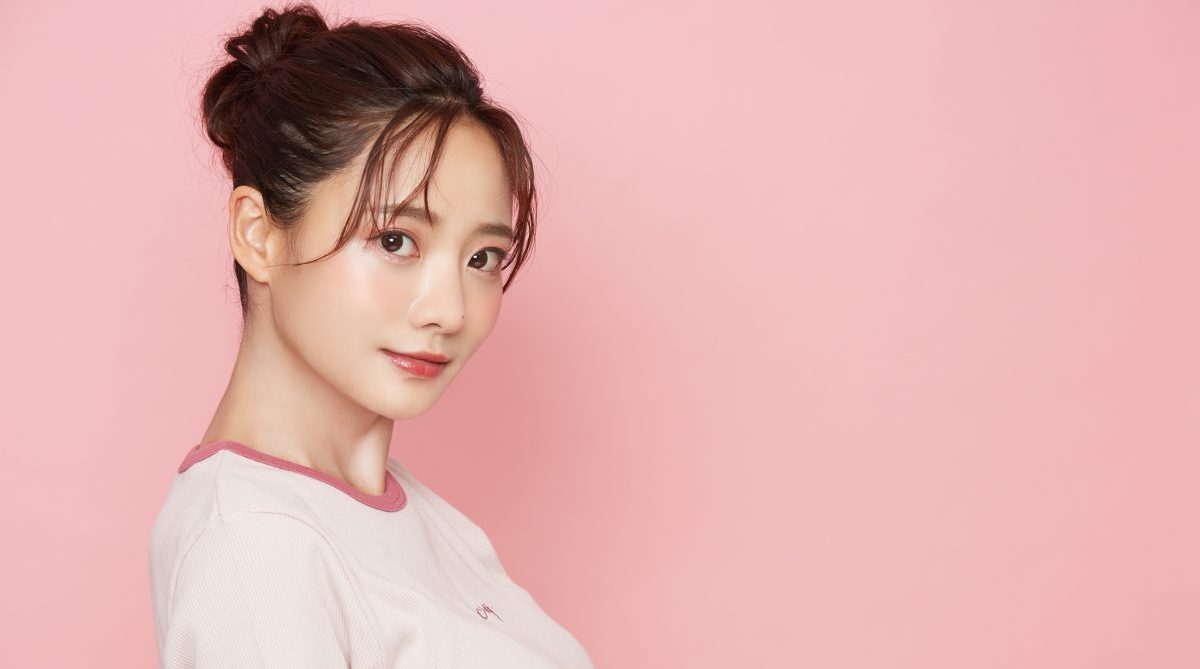
Japanese women have a special cultural obsession with their looks. The term “Hattoshin” was coined to describe a perfect body. This perfect body is not only measured by height, weight and bust size but also by your face: it should be 1/8 of your total height. In other words, if you are 150 centimetres tall (60 inches), your face should be 22 centimetres (7.5 inches).
Eyelid surgery is popular in Korea
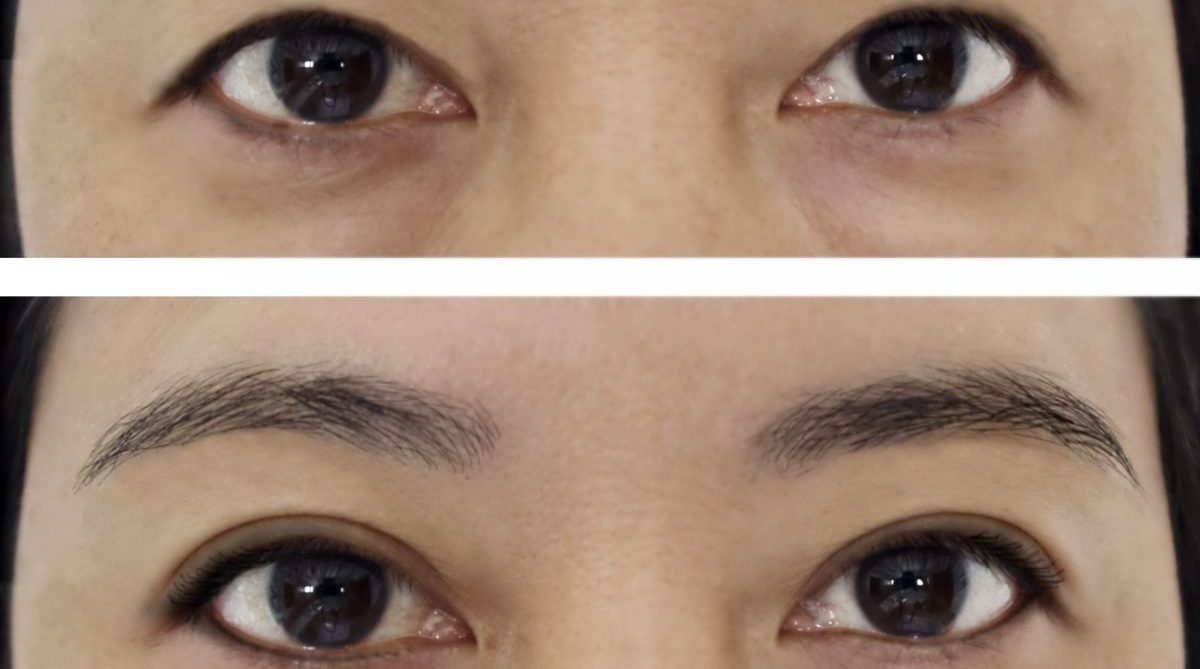
Eyelid surgery is increasingly popular in East Asian countries, but especially in Korea. In Korea, blepharoplasty (eyelid surgery) has been a popular procedure for some time now. The natural creases in the eyelids are seen as beautiful because they’re associated with youth, a feature that’s prized by many Asian cultures. Their desirable nature is also derived from Western influence and Eurocentric beauty standards – as Caucasians have natural eyelid creases.
Women in France prefer a natural look
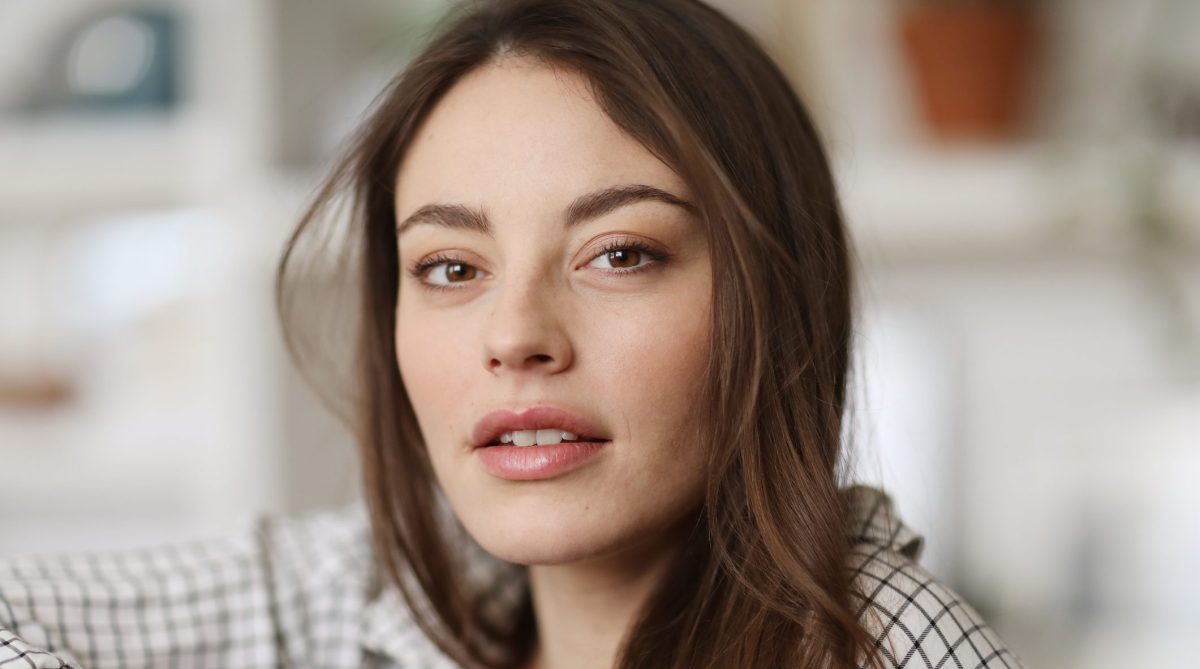
French women are known for their chic, stylish and effortless feminine look that is hard to imitate. They are the epitome of effortless beauty, combining a healthy diet with great skincare to achieve a flawless complexion. They believe in natural beauty rather than heavy makeup; thus, they tend to lean towards minimalistic makeup with a touch of lip colour for accentuation.
Germans believe what is inside reflects outward
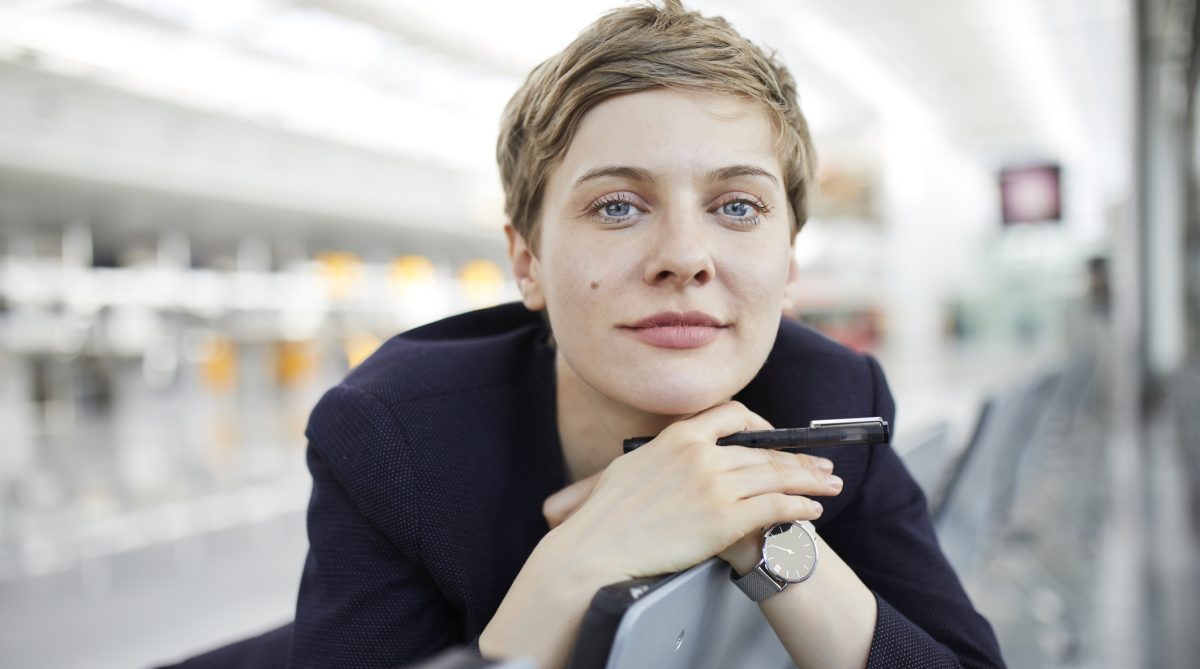
What makes a beautiful woman? Well, in Germany it isn’t just about looking good on the outside. It’s also about having what they call Ausstrahlung – a glow or radiance – that comes from within and radiates outward. Just like the French, Germans value natural beauty and do not like overdone makeup or plastic surgery.
Women in India are envied for their hair
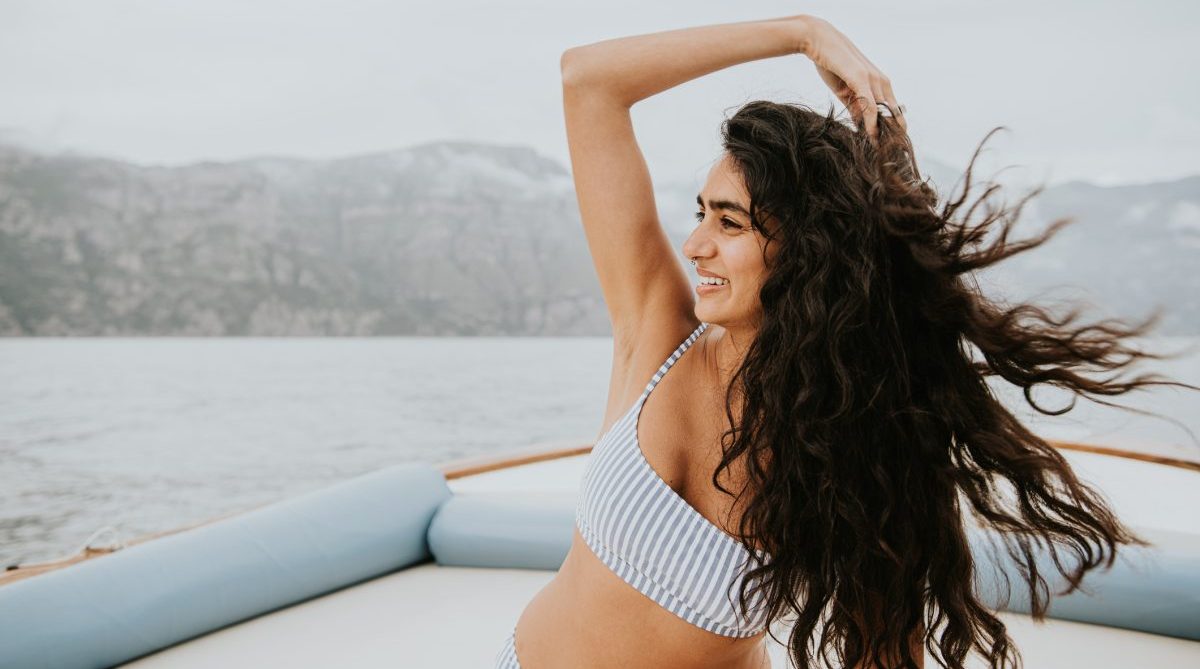
Being a woman in India is tough. You’re under pressure to conform to Western beauty standards while also being reminded of how your skin tone doesn’t fit the mould. And it’s not just from the outside – the desire to lighten skin tones is so strong that it’s even an issue among Indian women themselves. However, Indian women have always been envied for their thick, glossy hair – which they maintain using oil treatments and deep conditioners.
Maori women in New Zealand get face tattoos
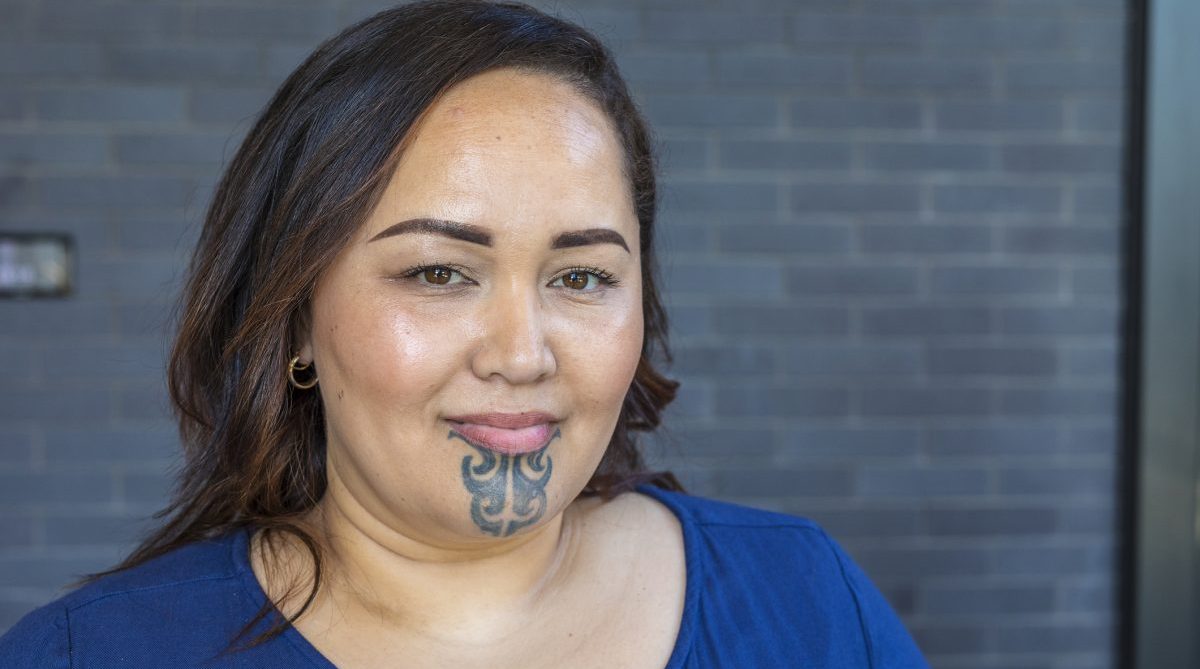
It’s not hard to understand why the Maori people of New Zealand would see face and chin tattoos on women as beautiful. After all, the practice of tattooing has been a rite of passage for hundreds of years for these cultures. The traditional markings are called Ta-moko and are traditionally done with a chisel and ink.
In Myanmar, brass neck rings are seen as a sign of beauty
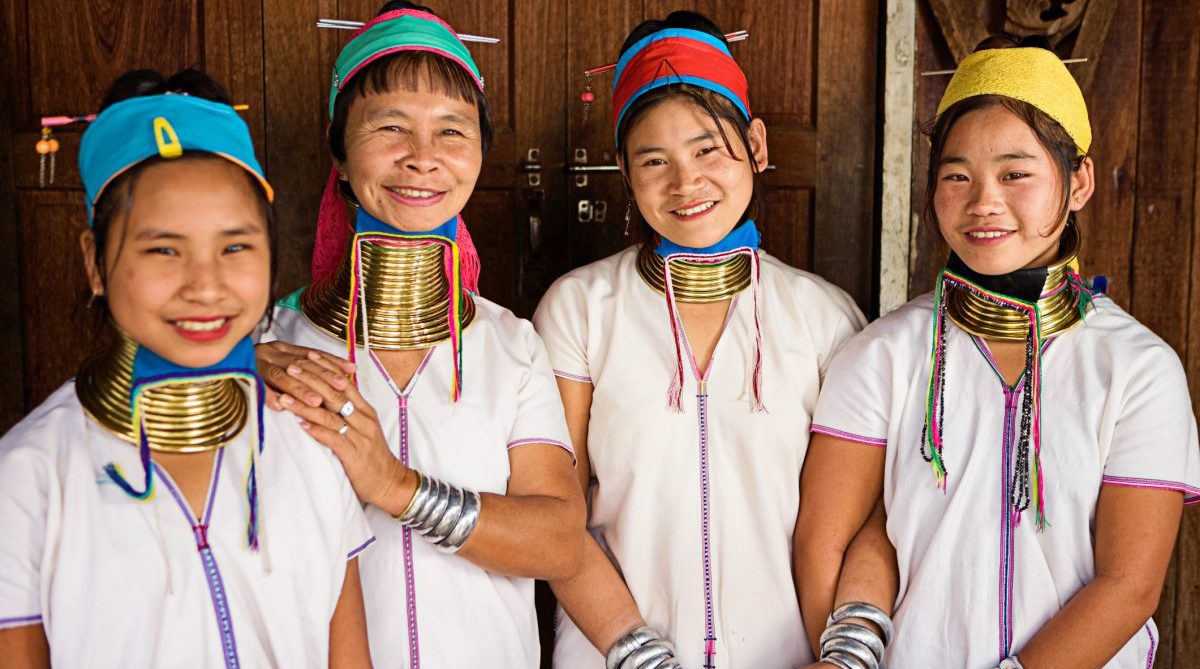
The Kayan are an ethnic group in Burma (Myanmar). Most of the women in this cultural group wear brass rings on their necks, which they begin wearing in early childhood. This results in a lengthening of the neck and pushing down of the shoulders. A possible explanation for this practice is that it was meant to make the women appear more desirable and beautiful, though it’s also a cultural rite of passage.
Tribes in Kenya elongate their earlobes
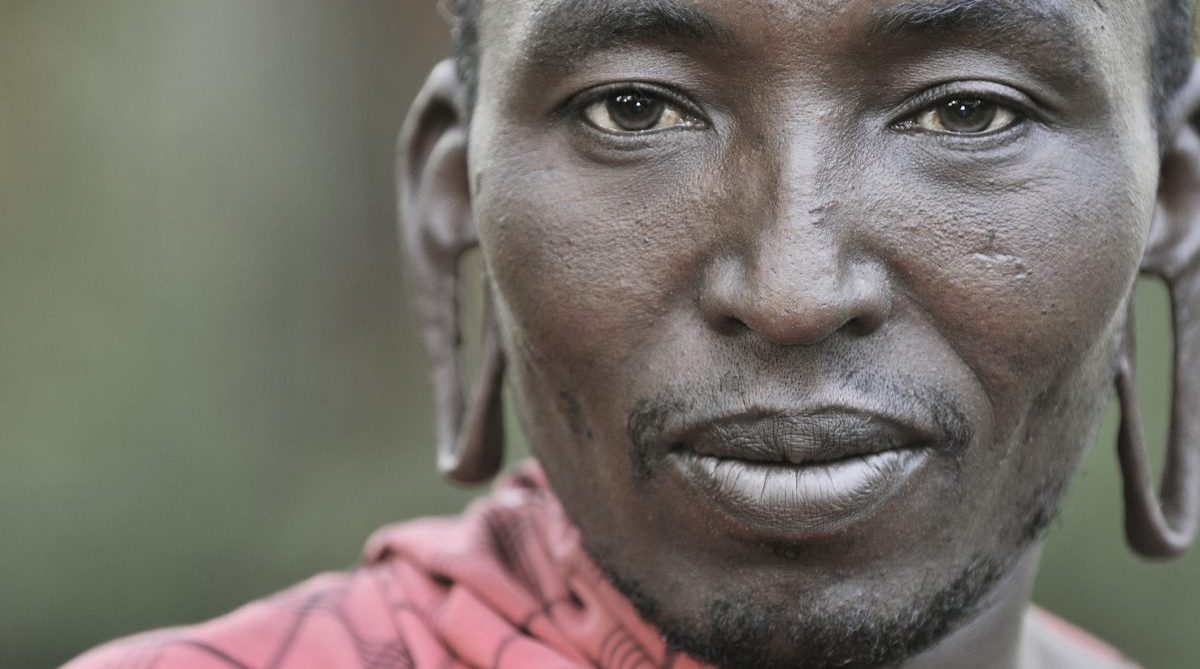
The Masai tribe of Kenya and Tanzania traditionally elongate earlobes by hanging heavy weights on them. Rocks and elephant tusks are common materials used for this purpose, which usually result in large, hanging jowls under the ears. In addition to enhancing appearance, elongated earlobes symbolize a woman’s status within her family. The heavier the weight the more respected she is as a woman.
The women of Ethiopian tribes use lip plates
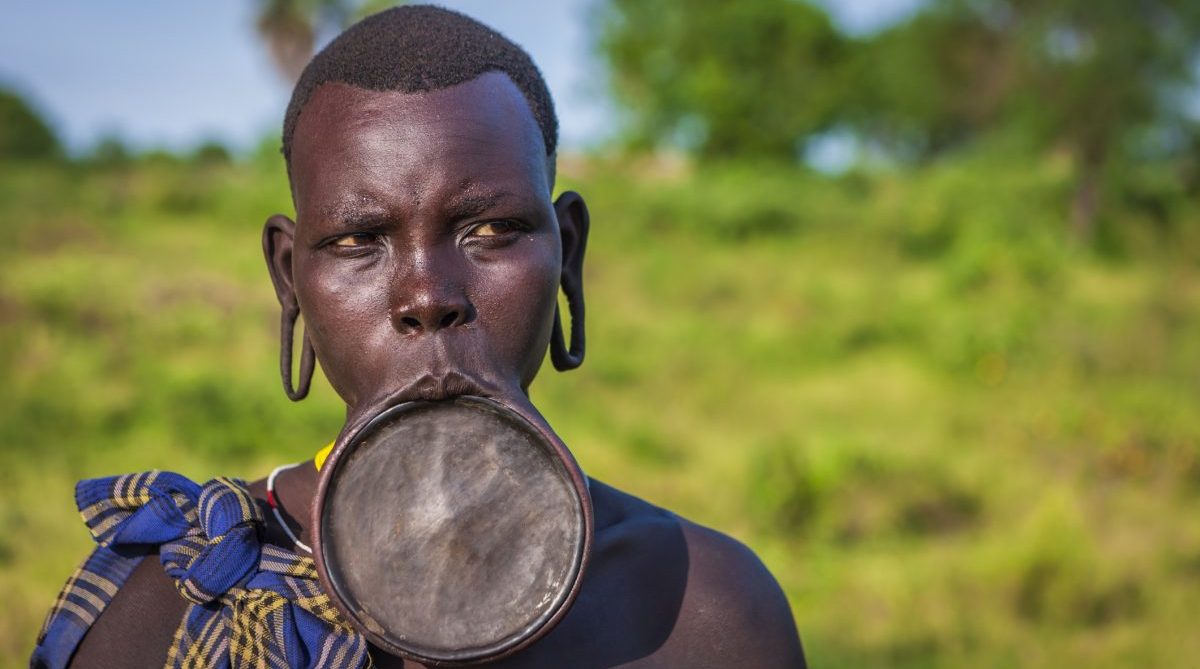
The Mursi and Suri people of Ethiopia have a lip-dilating ceremony for girls as part of their initiation into womanhood. The practice involves removing the lower front teeth and inserting a clay or wood disc into the lower lip. Each year, they add a larger disc. These are worn until marriage when the plate is broken in half and thrown away.
Mauritania culture values larger women

Being overweight is not looked down upon in many cultures and there are many who embrace their weight and even exercise and eat specifically to gain weight. In Mauritania culture specifically, women with curves and a larger body fat percentage are celebrated as the beauty standard. In Mauritania, it is believed that a woman with a bigger waist will make her husband prosper.
Tooth sharpening is common in Malawi

People in Malawi sometimes have their teeth chiselled to a sharp point in order to be more attractive to men. Some people think it’s because they believe sharp teeth are a sign of grace and elegance. The chiselling process is extremely painful, and the only thing that can dull the pain is biting down on soft foods – like green bananas – until it all heals up.
Tiny feet used to be a sign of beauty in China

Foot binding in China was a customary practice that symbolized a woman’s beauty and was necessary for women to find affluent husbands, but it came at a great cost to the women who underwent this torture. The women would bind their feet from the time they were children, which would result in them being so malformed that they could barely walk.
Teeth blackening was popular amongst the Japanese aristocracy
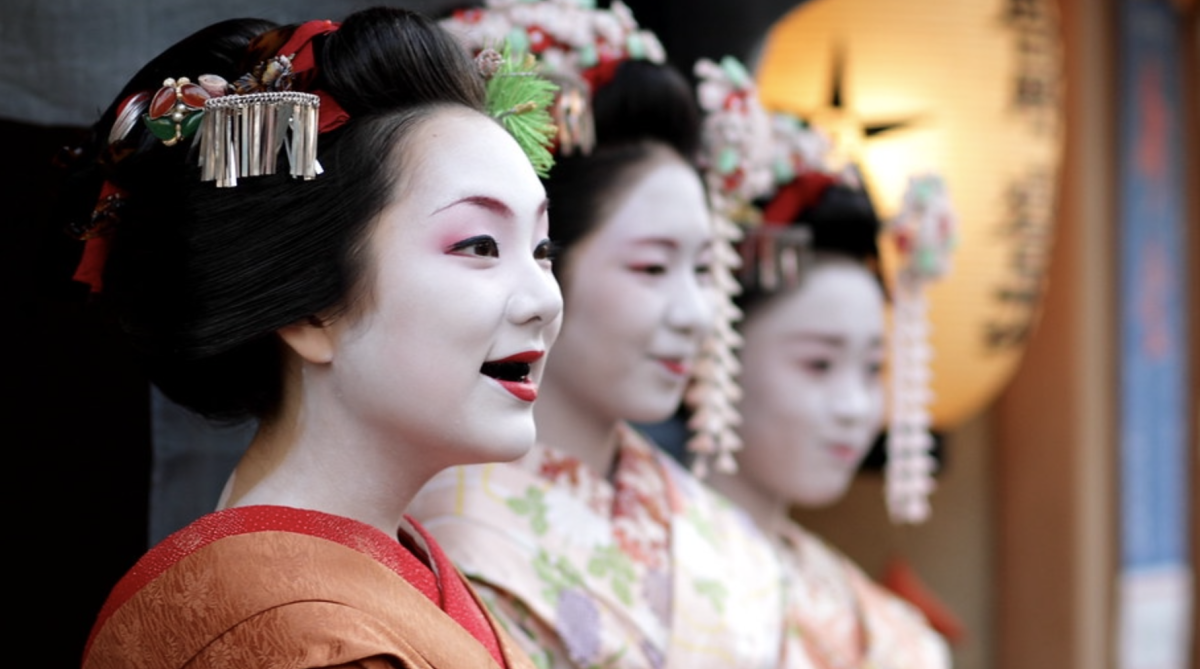
The practice of teeth blackening dates back to the tenth century in Japan, when it was popular among the aristocracy. It was believed that blackened teeth preserved the teeth into old age and prevented tooth decay. The process of Ohaguro was often done during puberty, as it signified a person’s transition into adulthood. It was also associated with beauty and civilization.
Women in the United Kingdom use fake tan more than other countries
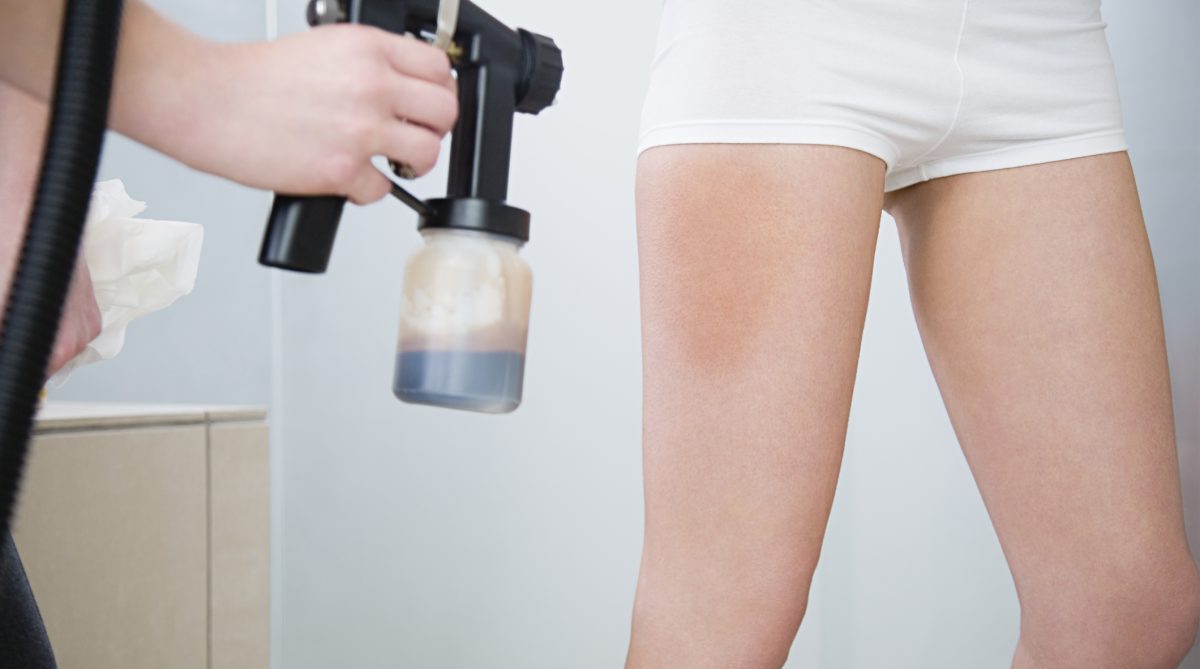
A recent study showed that the ideal woman in the UK has larger eyes, thinner legs, arms and stomachs, higher cheekbones, fuller lips and a slimmer face. Of course, this is just a snapshot of what is considered attractive in one part of the UK. In Liverpool, for example, tanned women were found to be considered more attractive than their pale counterparts, though all the tans seen came out of a spray bottle rather than being achieved naturally.
Brazilian women value a larger butt
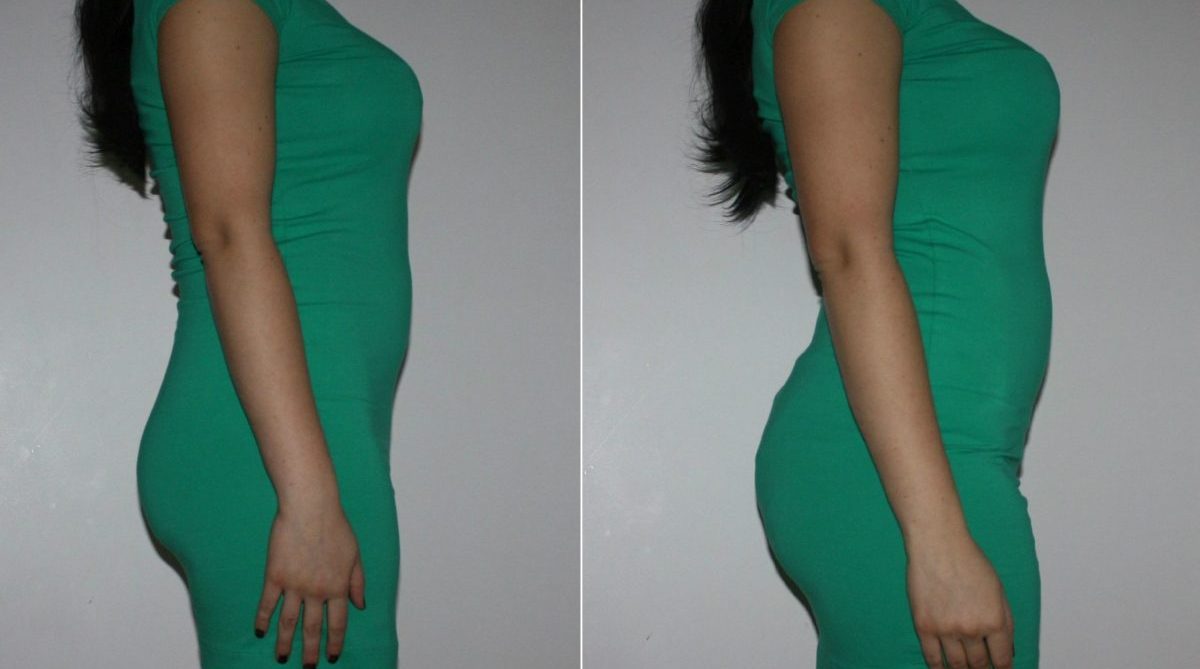
Brazilian women are known for having a nearly perfect body and face, and much of this is due to their love of getting work done on their bodies. The most popular treatment by far is the Brazilian Butt Lift (BBL), or butt augmentation, which involves taking fat from other parts of your body and injecting it into your rear end, resulting in a fuller figure.
In Iran, nose jobs are a status symbol

In Iran, nose jobs are a status symbol. Most women wear the bandages from their nose jobs as a badge of honour and will occasionally wear them longer than they’re supposed to. The idea of wearing bandages is that it shows you have enough money to pay for a nose job and enough resources to take the time to recover.
In the United States, the standard of beauty is always changing
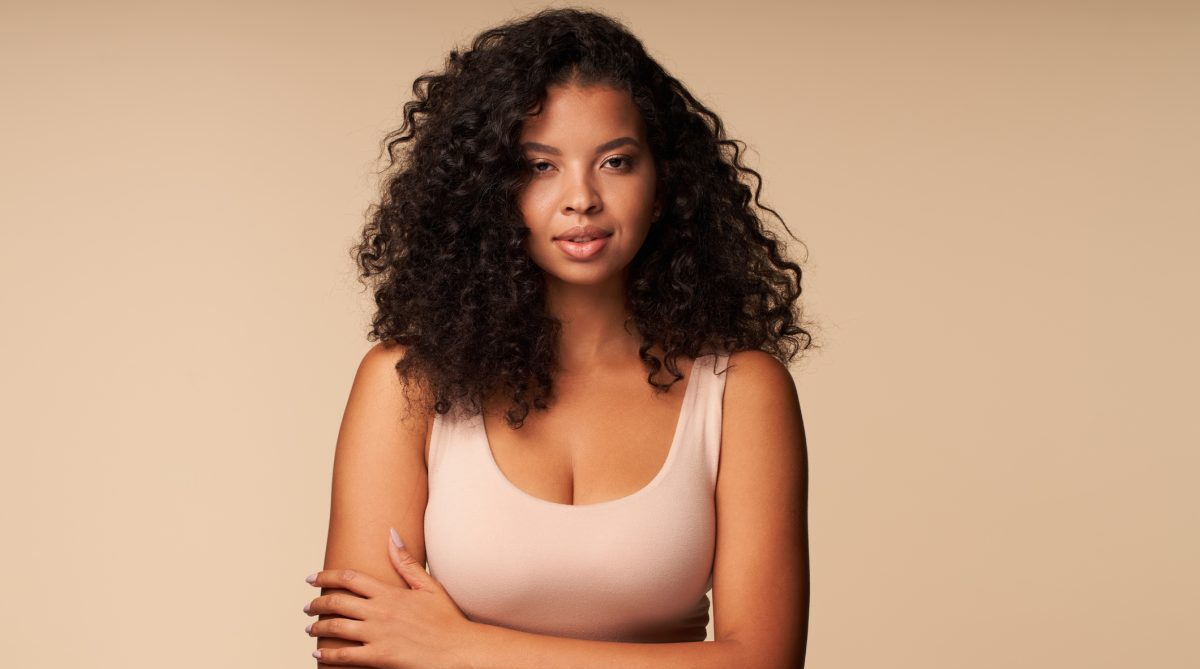
The ideal of beauty in North America has always been in flux, as it changes to reflect the values of the time. The Allure magazine’s 1991 survey chose blond-haired blue-eyed Christie Brinkley as the “ideal” beauty, and to contrast this, the majority of readers in their 2011 survey considered multiracial or mixed women to be the most attractive.
Monobrows are a sign of beauty in Tajikistan
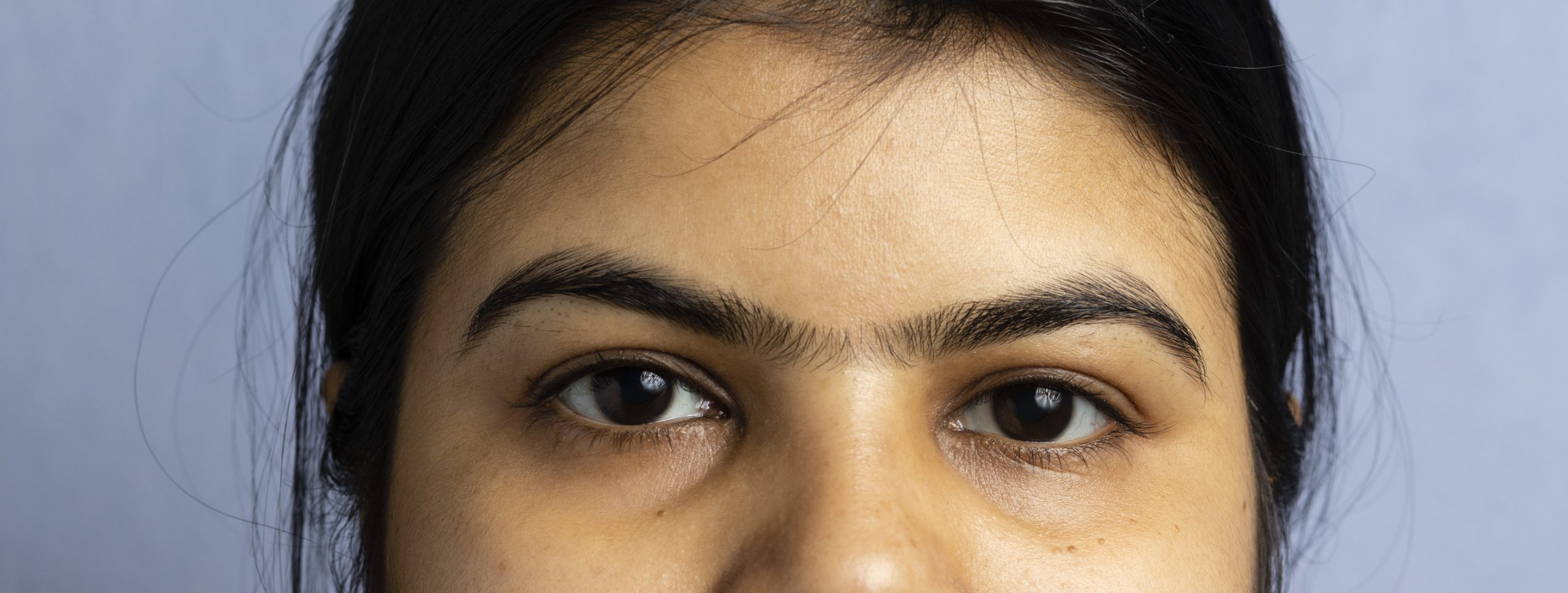
The people of Tajikistan are so proud of their monobrows as they believe having one is a sign of beauty. Women who don’t have one or can’t grow one (due to genetics) may use makeup to draw it on their faces. The people there believe that eyebrows that join together are a promise of a fortunate life.
The Fula tribe views a high forehead as attractive
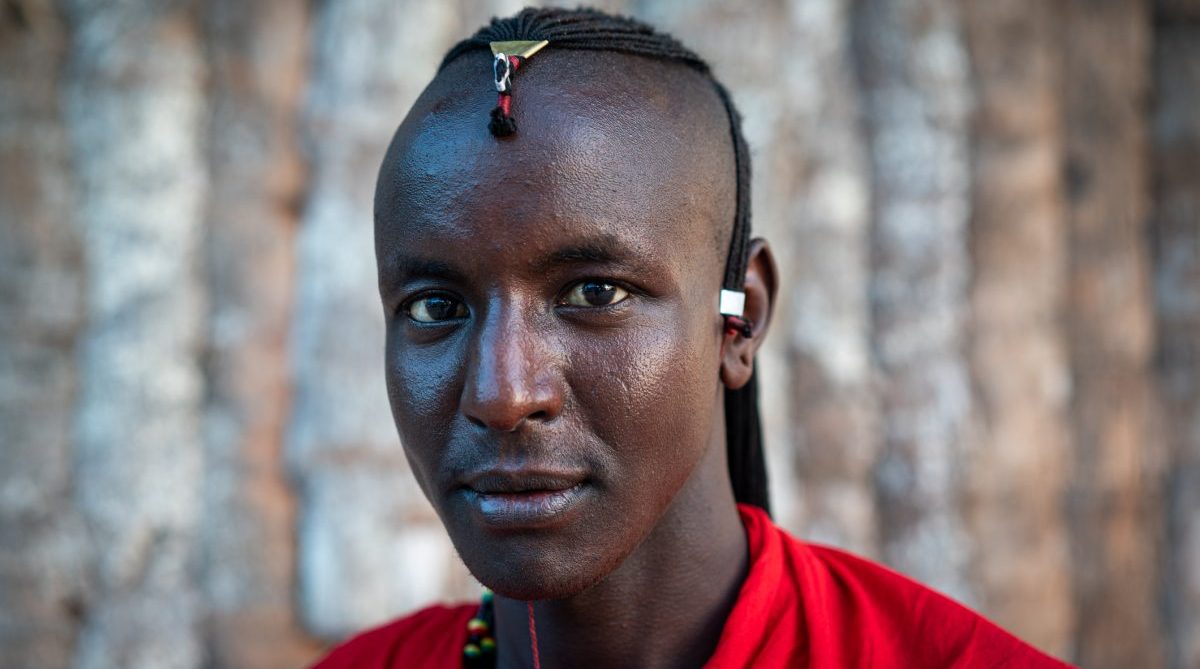
A high forehead has been considered a sign of beauty in the Fula tribe for centuries, which is why many people there pull out their hair to make their faces look bigger. In medieval Europe, women used to remove their hair to create a longer forehead, as well, as a large rounded forehead was considered a sign of refinement and elegance.
Women in the Himba tribe create elaborate hairstyles
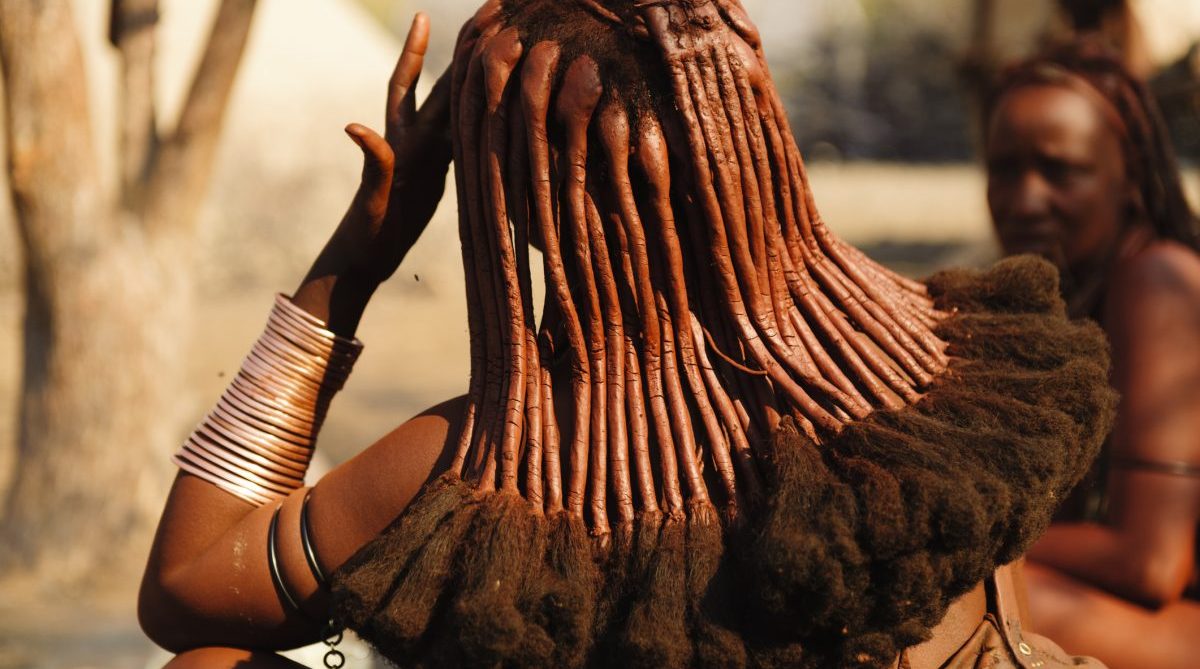
The women of the Himba tribe in Namibia and Angola are famous for their iconic hairstyles. The hair is parted in the middle and then braided into elaborate plaits that can be 10 inches thick and very long. To give the braids extra volume, women use a mixture of crushed red stones, oil, herbs, and dried cow dung.
In Japan, some women accentuate their eyebags
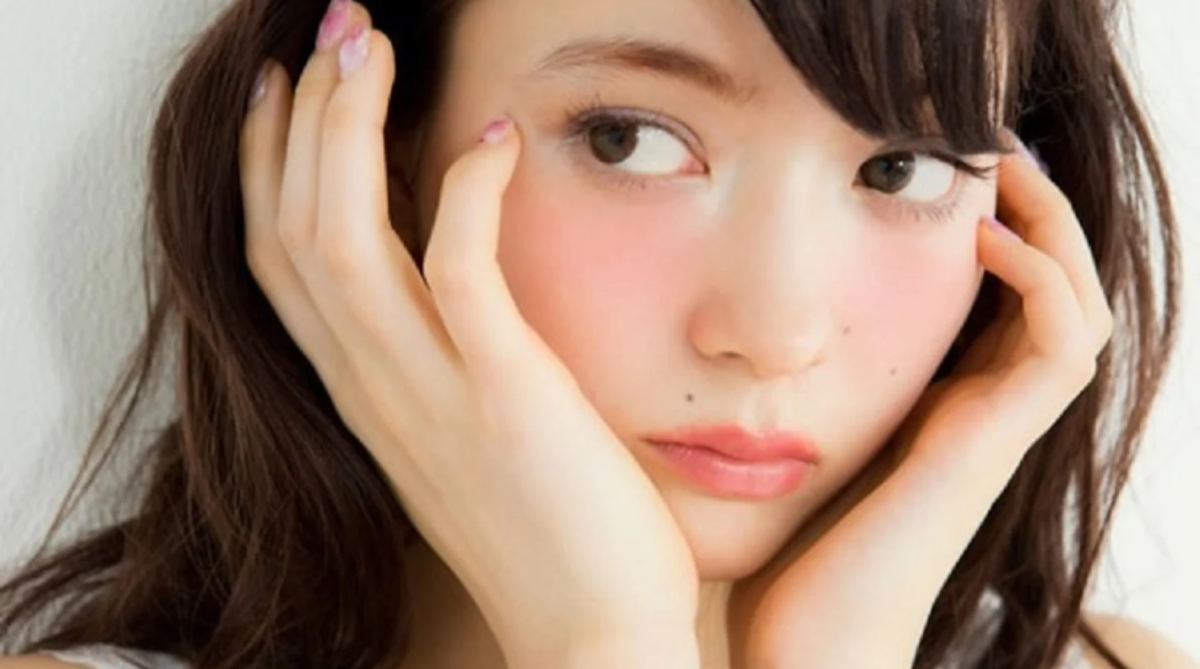
Makeup trends in Japan are widely different than those in America. For in the Japanese makeup technique Igari, women draw attention to their eyebags by highlighting and blushing them. The end result is a look that makes their eyes appear larger and more gentle in an attempt to achieve a more youthful appearance.
Ancient Greeks saw unibrows as a sign of beauty
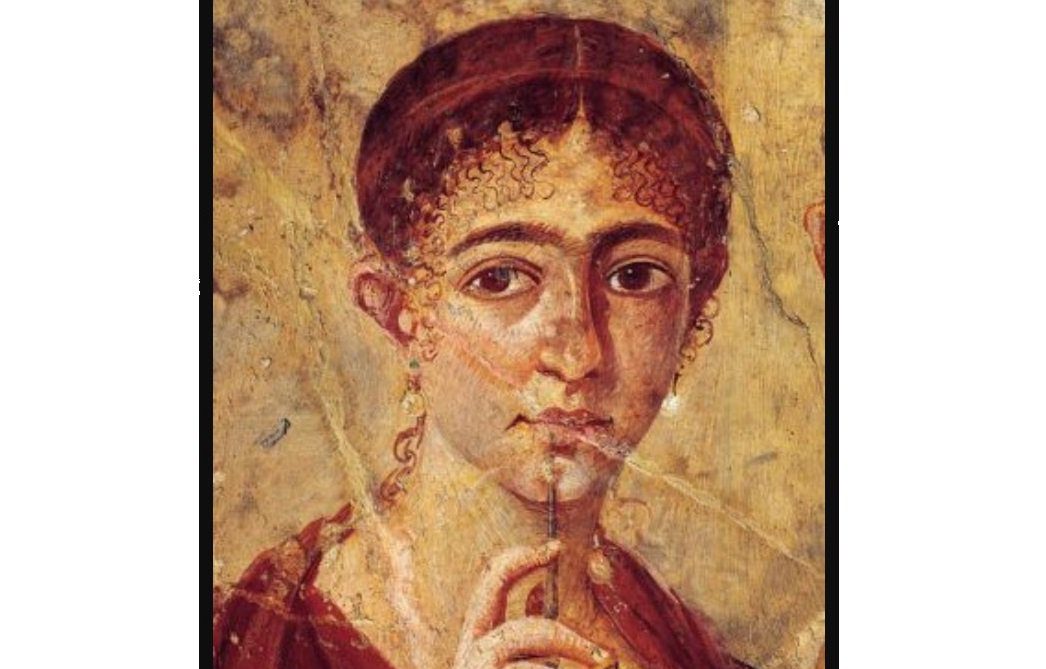
The ancient Greeks believed that a unibrow was a sign of beauty, intelligence, and strength. The top of the forehead is considered to be the “seat of intelligence”. In this belief system, thick, connected brows create a bridge between the forehead and eyes. The Greeks likened this to the idea that thicker brows were indicative of deeper intelligence and greater knowledge.
Navajo women and men keep their hair long
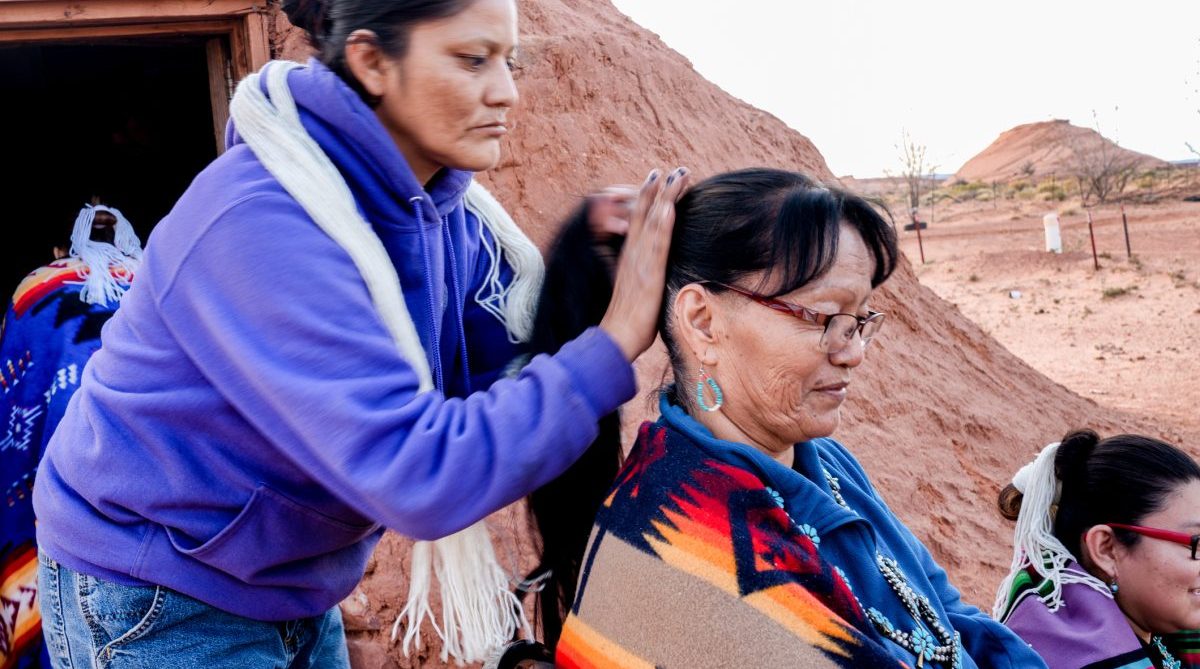
For Native Americans, hair is a symbol of power, virility, and physical strength. Native American men and women both value spiritual and physical strength, as well as resilience in the face of challenges. For these reasons, both wear their hair long. This tradition has been passed down through generations and remains an integral part of Native American culture today. Long hair is believed to tie the people to Mother Earth.
Women in the Karo tribe are considered more beautiful with scars
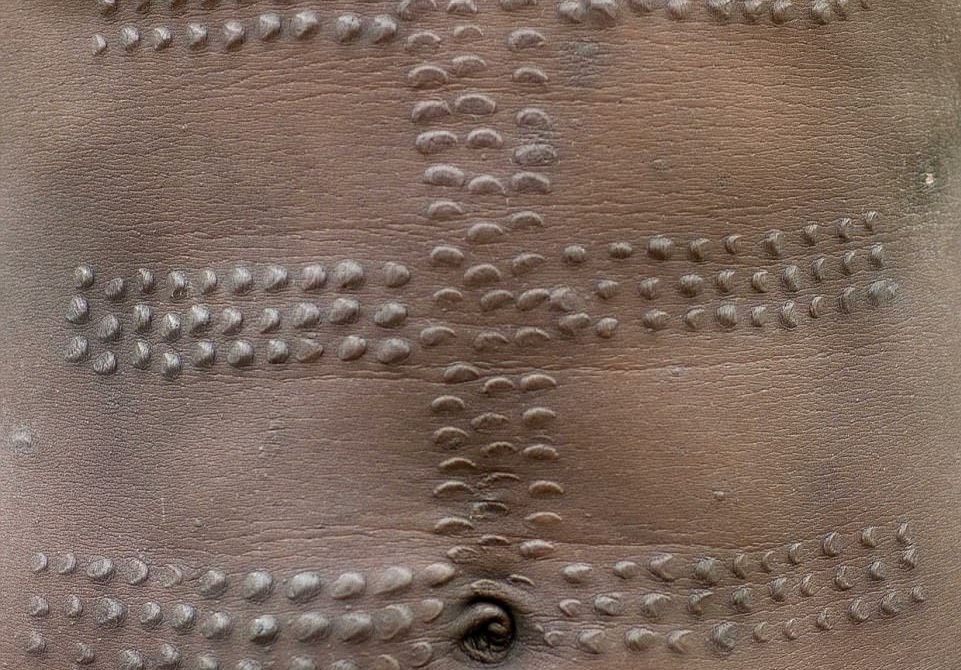
Among the Karo tribe of Ethiopia, beauty is defined as the scarification of a girl’s body. The ritual occurs in childhood when the girls are between eight and ten years old. In their culture, it is believed that scars make women more attractive and beautiful. The ritual is seen as an initiation into adult life for young girls who are expected to handle the pain.
Buccal fat removal is becoming more popular in America
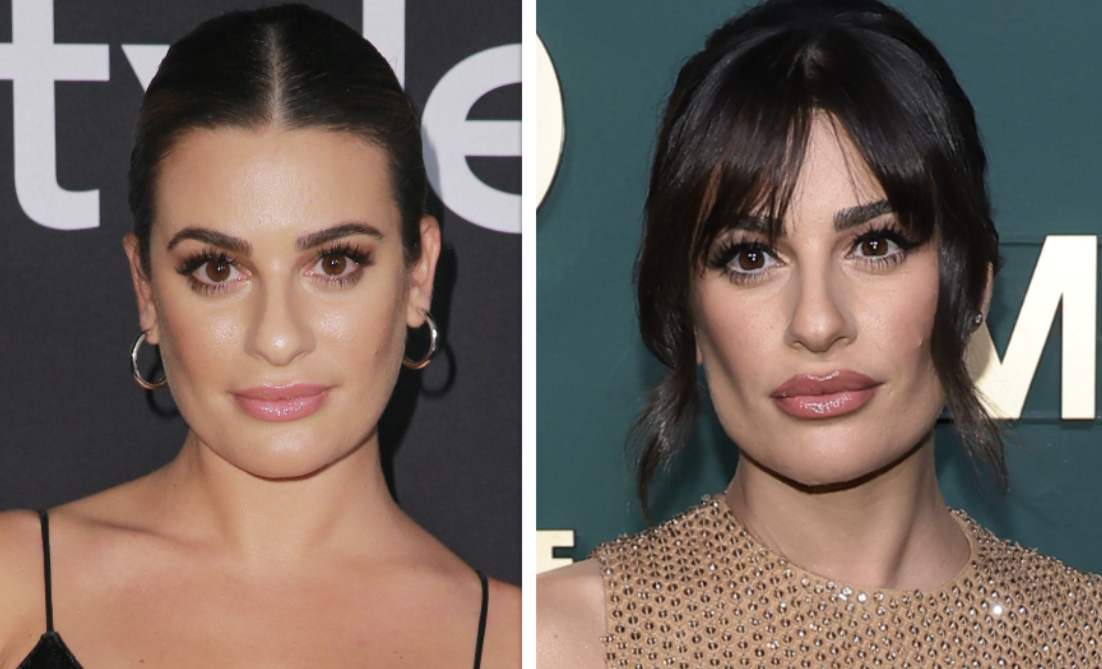
In America, the ultra-skinny body type is back in fashion. This has led to an increase in the popularity of buccal fat removal, which involves liposuction on the cheeks and thus, is commonly called cheek liposuction. However, it isn’t just celebrities who are going under the knife for this procedure. Buccal fat removal is becoming increasingly popular among ordinary Americans as well.
Australians stick to a simple routine
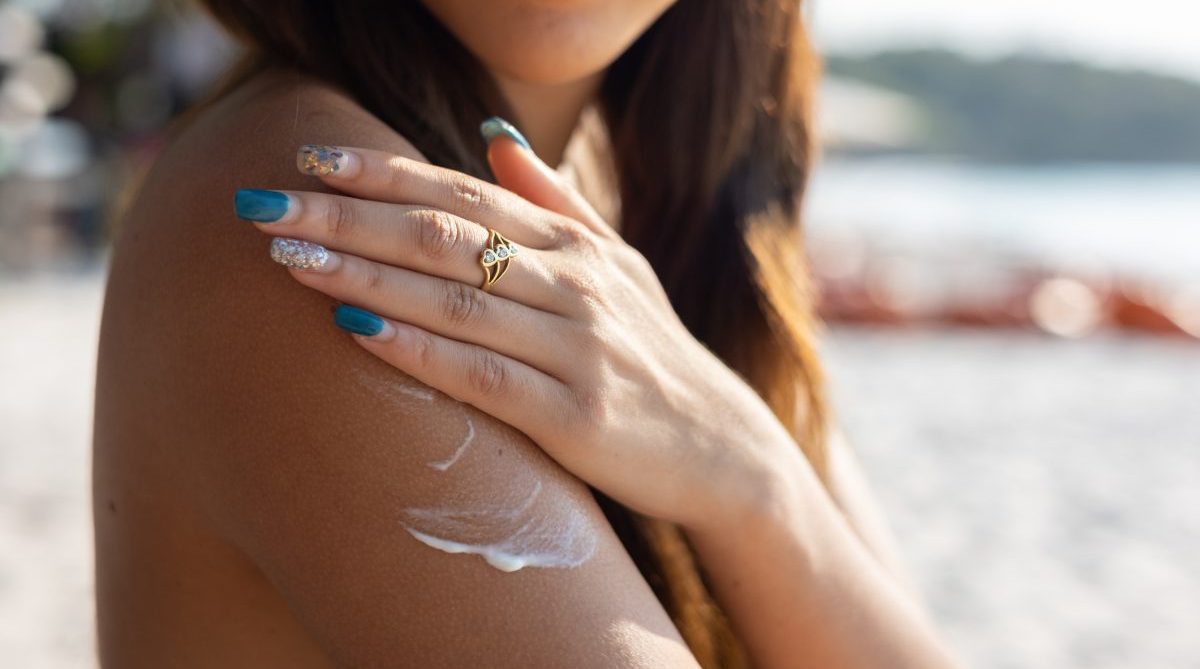
The Australian makeup aesthetic is simple and fresh-faced. The one product that is a must-have in this country’s beauty arsenal is SPF, since Australians tend to spend so much time in the sun. When it comes to makeup, it’s all about natural finishes and smooth, blemish-free skin. In fact, you may be surprised at how few products you need to create the perfect “no makeup” look.
In Mexico, a bold lip is essential
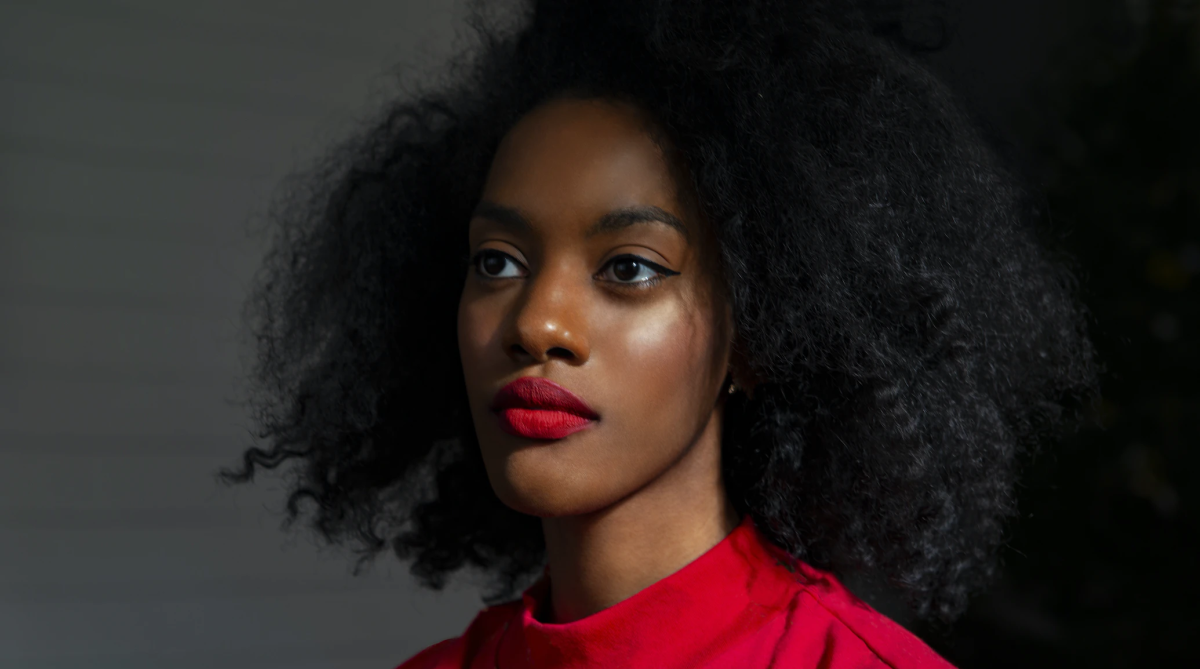
Mexican culture has a distinguished style that is both classic and contemporary, but it’s also one of the most open when it comes to reacting to beauty trends. Mexican women are getting experimental with fashion and makeup, but at the same time, they’re keeping some aspects of their look classic with strong eyebrows, rosy cheeks, flirty eyes, and bold lip colours.
South Koreans believe in the importance of perfect skin
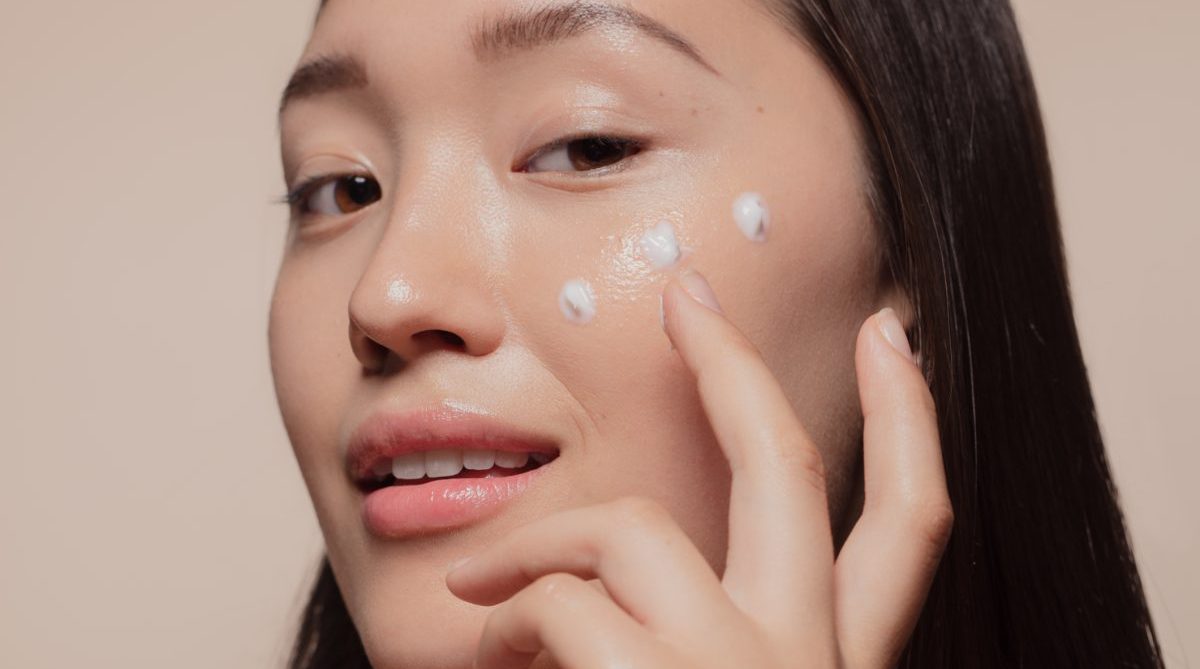
There’s a reason why Korean women have long been admired for their beauty, and much of that glow comes from the skin – it’s no wonder that when you mention ‘Korean beauty,’ people immediately think of healthy, glowing skin. As more people in the West adopt the Korean beauty style, Korean skincare products have become a billion-dollar industry. That’s a lot of face masks!
Women in South Africa wear colourful headscarves
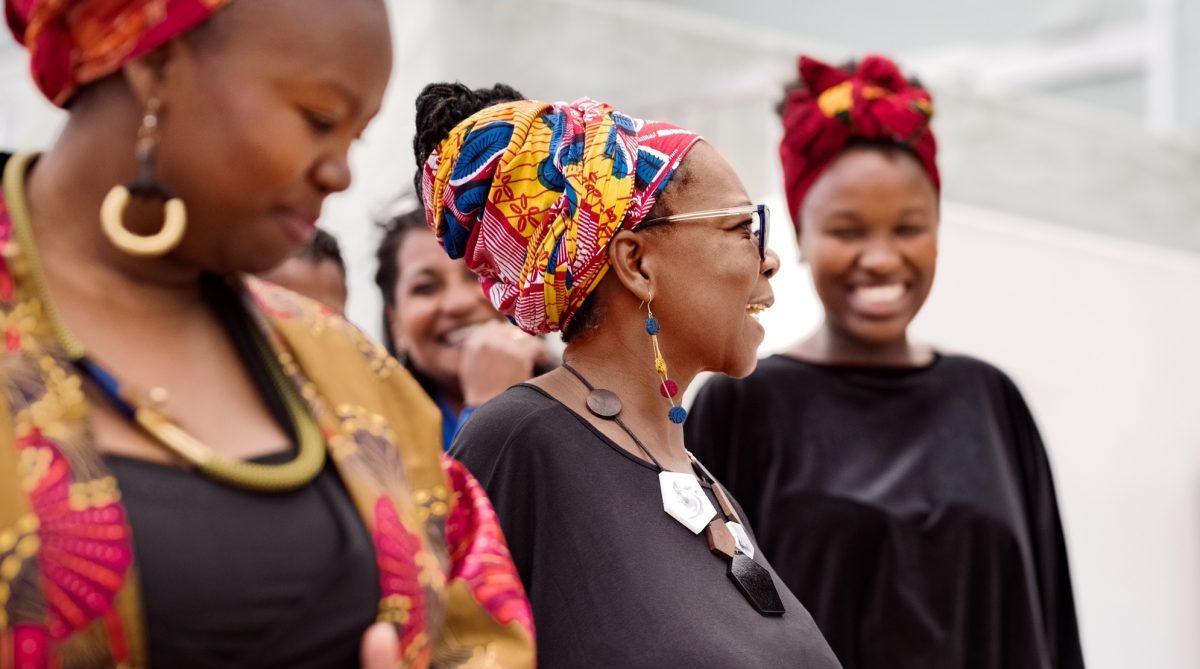
While it’s hard to pinpoint exactly where the fashion trends of South African women come from, one thing is clear: they do not shy away from colour. The women of South Africa are especially fond of loud, multi-coloured outfits and accessories, including elaborately patterned headscarves to cover the hair.
Russian women prefer to spend money on their appearance
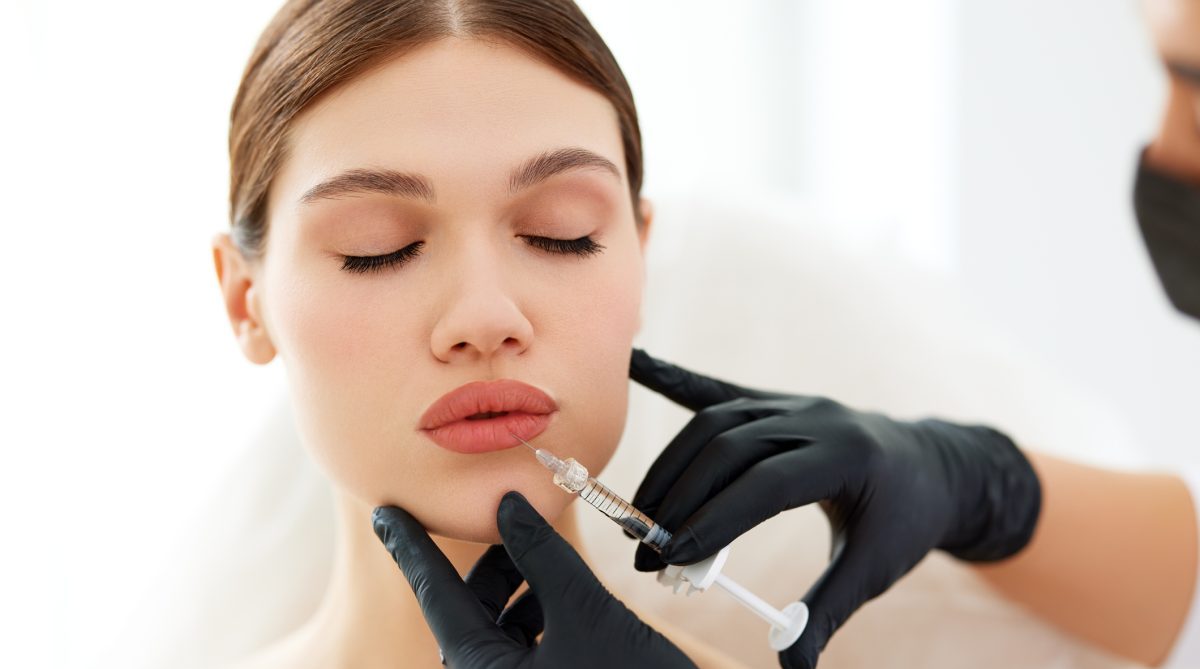
Contrary to other European cultures, Russian women see more value in putting added effort and funds into their appearance, including maintaining their figure with a regular fitness routine and investing money into beauty regimes like fillers, botox and plastic surgery. The saying “more is more” reflects the outlook that it takes more money and time than ever to be truly beautiful.
In Thailand, plastic surgery is more popular than ever
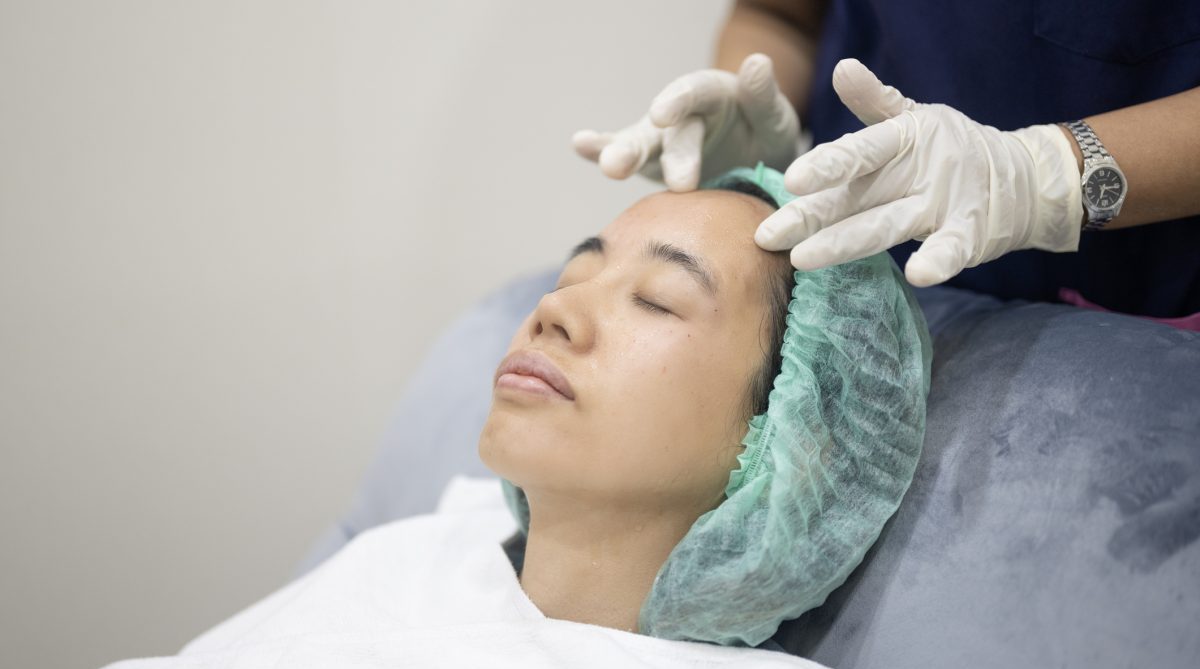
Thailand is known for its gorgeous beaches, friendly locals and delicious cuisine, but the country is also home to an obsession with beauty that can sometimes take a sinister turn. With pale skin, a thin frame, pronounced eyes and a small nose, the average Thai woman is a long way from her dream appearance, and so culturally a lot of emphasis is placed on cosmetic procedures.
Long fingernails used to be valued in China

For hundreds of years, women in China were known for their very long nails. The reason has nothing to do with fashion or beauty – they did it to show the world that they didn’t have to use their hands for anything because they could afford servants to do work for them. This tradition was especially prevalent during the Qing Dynasty.
Women in Bali go through a tooth-filing ceremony

As odd as it may sound, filing one’s teeth is a traditional ritual in Bali. The tooth filing ceremony is rooted in their belief that there are two parts to a person – good and evil, light and dark, yin and yang. In order to balance out this imbalance of good and evil in every person, the Balinese hold a tooth-filing ceremony.
The Japanese prefer crooked teeth
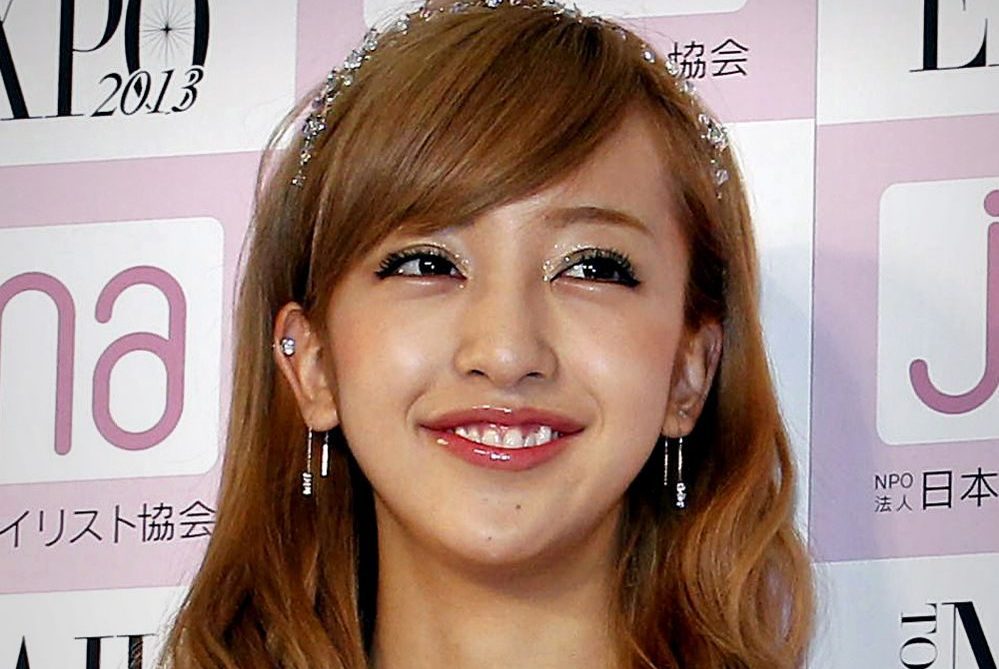
Even though in some parts of the world, people tend to spend lots of money on straightening their teeth, this is not what happens in Japan. Here, women get snaggleteeth or yaeba, which means “double tooth”. In contrast to the Western notions of beauty, Japanese people consider crooked teeth as a sign of youth and beauty.
Colourism is prevalent in Jamaica
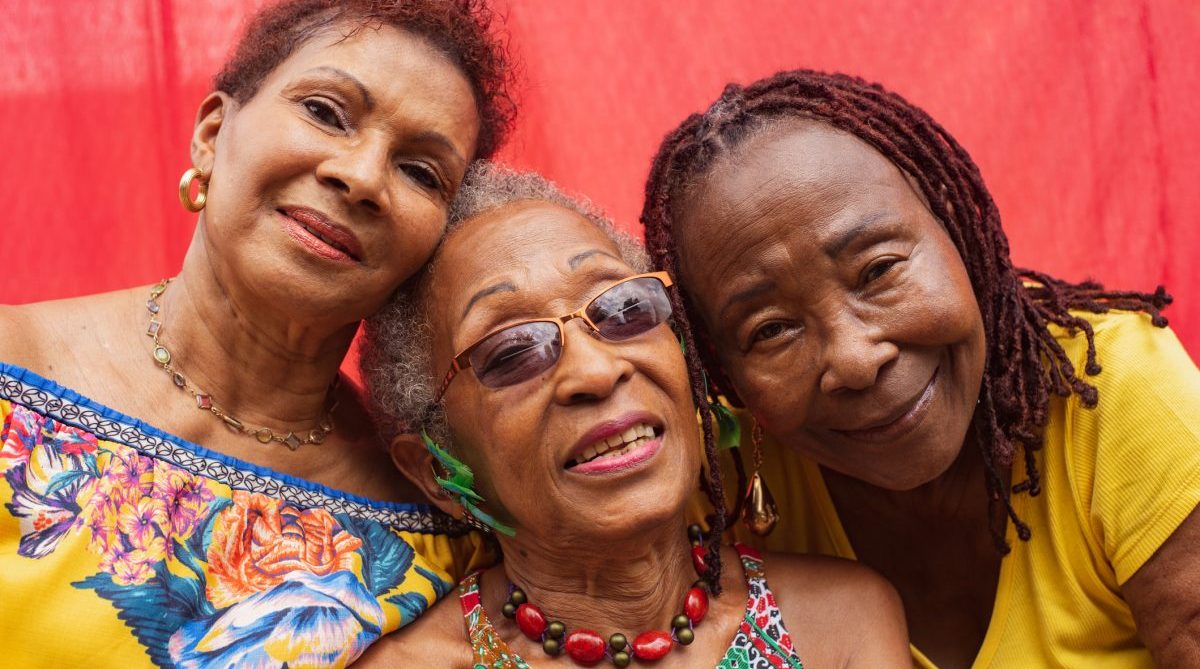
Colourism – the preferential treatment of people of a certain skin colour – has become an unfortunate part of our culture. Jamaica is no exception, and the island’s proximity to Africa and the legacy of colonialism make it especially pertinent. The majority of the population is dark-skinned, but lighter-skinned people are more likely to be considered attractive by society and to be hired for jobs than their darker-skinned counterparts.
Breast augmentations are sought after in Venezuela

Many countries around the world have a culture that places an emphasis on one’s outward beauty, and Venezuela is certainly no exception. The country has its own unique and sometimes controversial customs when it comes to beauty. This includes breast enlargement, and breast enhancement surgery is one of the most sought-after cosmetic surgeries in the country.
In India, henna is worn for special occasions
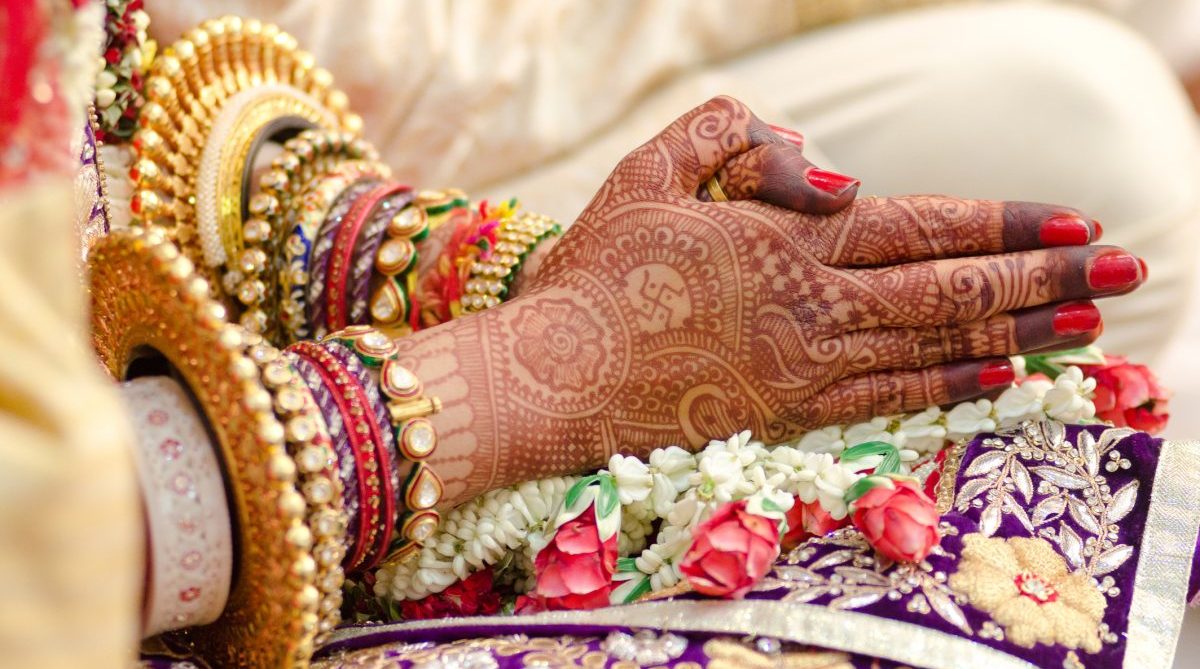
Henna-based face and body decorations are very common in India, especially among women. A pre-wedding ritual is held before the big day in which the bride applies henna to her hands, feet, legs, and sometimes arms. It includes prayers by the priest who will apply the henna. The priest prays for prosperity, health, fertility, longevity, beauty, etc., for the bride during this ceremony.
Oman women use natural beauty remedies
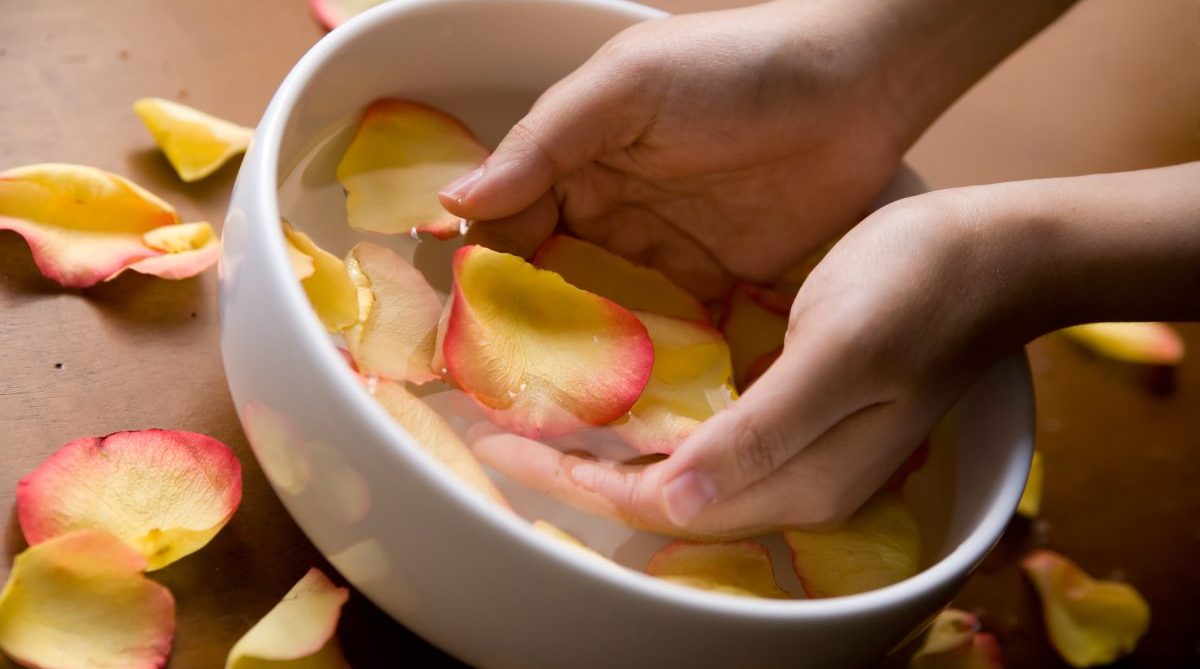
The women of Oman are in love with hair care products containing natural ingredients, as they believe that natural ingredients are the best for their hair. Rose water is one of the most popular. It is made by boiling dried rose petals in water until pure rose essence is obtained. The liquid is then stored in airtight bottles and used for rinsing the hair regularly.
Long hair is envied in the United States
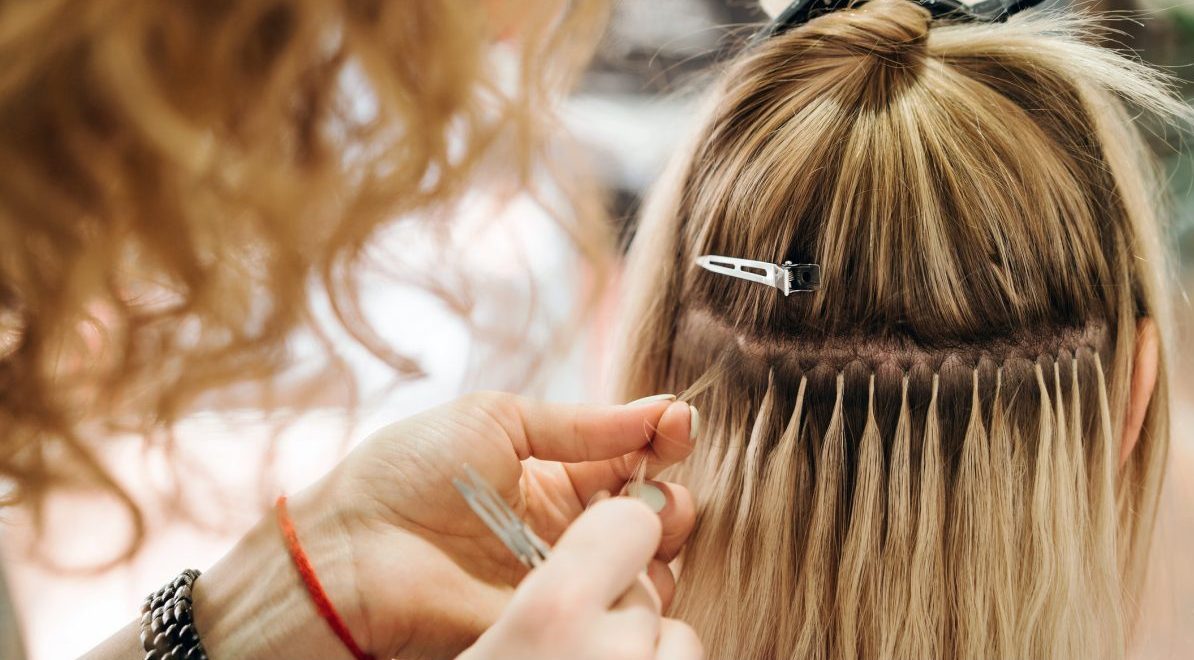
Hair extensions and weaves are not just for celebrities and other wealthy women in the United States. Every year, over a million American women get hair added to their natural locks. However, salon-quality hair extensions cost hundreds or even thousands of dollars, depending on the type purchased.